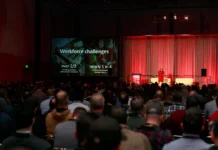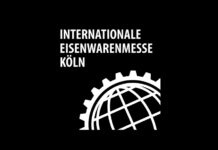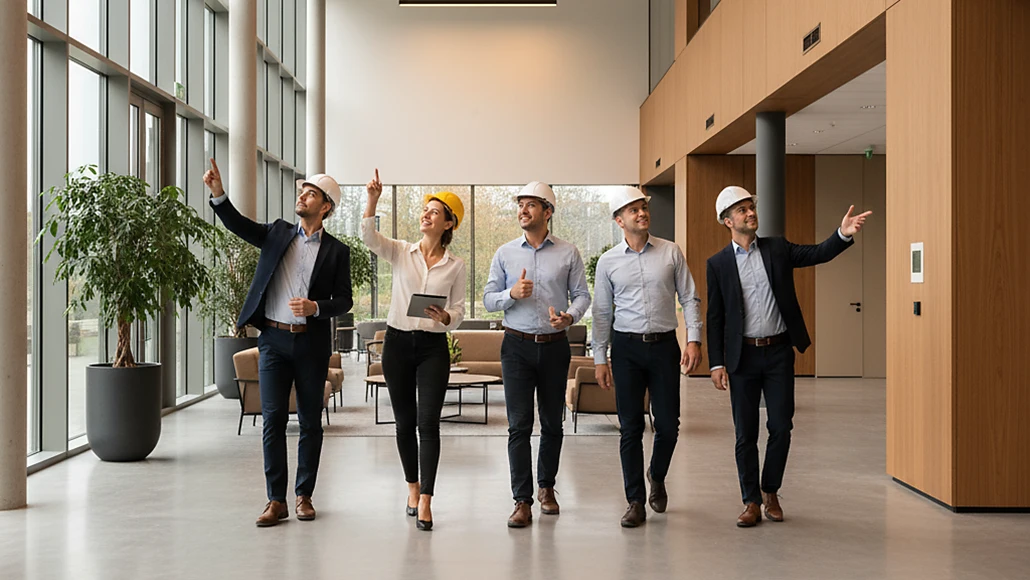Delivering Lighting Projects That Work Beyond Design Intent
The successful delivery of lighting projects design intent requires a comprehensive approach that bridges the gap between conceptual vision and operational reality. Modern lighting installations must satisfy not only aesthetic and functional design objectives but also demonstrate reliable long-term performance, energy efficiency, and maintainability that extends well beyond initial project completion and commissioning.
Comprehensive Project Planning and Stakeholder Coordination
Effective lighting project delivery begins with thorough planning processes that identify all stakeholder requirements while establishing clear performance expectations that extend throughout the project lifecycle. Successful projects engage building owners, facility managers, end users, and maintenance personnel early in design processes to ensure that all perspectives inform design decision-making.
Design development processes must balance creative vision with practical constraints including budget limitations, schedule requirements, and operational capabilities that affect long-term project success. Early identification of potential conflicts enables design teams to develop solutions that satisfy multiple objectives while maintaining design integrity and performance standards.
Interdisciplinary coordination between lighting designers, architects, engineers, and specialty contractors ensures that lighting systems integrate seamlessly with other building systems while avoiding conflicts that might compromise performance or require costly field modifications during construction phases.
Performance Specification and Quality Assurance
Lighting projects design intent achievement requires detailed performance specifications that address both quantitative metrics and qualitative characteristics that define successful installation outcomes. Technical specifications must communicate design objectives clearly while providing measurable criteria for performance verification and acceptance testing.
Quality assurance procedures throughout design and construction phases help ensure that installed systems meet intended performance standards while identifying potential issues before they compromise project outcomes. Regular design reviews, shop drawing verification, and construction observation provide multiple opportunities to maintain design quality.
Performance testing and commissioning procedures verify that completed installations achieve intended design performance while providing documentation that supports ongoing facility management and system optimization efforts throughout operational life.
Addressing Real-World Performance Challenges
Lighting installations must perform reliably under actual building operating conditions that may differ significantly from design assumptions regarding occupancy patterns, maintenance practices, and environmental conditions. Robust design approaches consider these variations while providing flexibility that accommodates changing building needs.
Environmental factors including temperature variations, humidity fluctuations, and dust accumulation can significantly impact lighting system performance over time. Material selection and system design must address these conditions while maintaining performance standards throughout extended service periods.
User behavior and operational practices significantly influence lighting system effectiveness, requiring design approaches that accommodate varying levels of user sophistication while providing intuitive operation that supports intended system use patterns and maintenance procedures.
Energy Performance and Operational Efficiency
Long-term energy performance represents a critical measure of lighting project success that extends far beyond initial design compliance calculations. Real-world energy consumption patterns must demonstrate the efficiency benefits that justified system investment while supporting ongoing operational cost management objectives.
Control system programming and operational procedures significantly influence actual energy consumption patterns, requiring careful attention to commissioning procedures that optimize system operation while providing ongoing monitoring capabilities that identify potential performance degradation over time.
Demand response capabilities and utility program participation can provide additional operational benefits while supporting building energy management objectives that extend beyond basic lighting system operation to encompass broader facility sustainability goals.
Maintenance Planning and Lifecycle Management
Successful lighting projects incorporate comprehensive maintenance planning that addresses both routine service requirements and long-term component replacement needs. Maintenance accessibility, equipment standardization, and service procedure documentation support cost-effective system maintenance throughout operational life.
Component selection decisions significantly impact maintenance requirements and costs, with consideration of factors including service life, replacement availability, and specialized tool or expertise requirements that affect ongoing operational costs and system reliability.
Training programs for facility maintenance personnel ensure that lighting systems receive appropriate care throughout their service life while enabling proactive maintenance approaches that optimize performance while minimizing operational disruption and cost.
Technology Integration and Future Adaptability
Modern lighting installations must accommodate advancing technology while providing flexibility for system upgrades and modifications that may be required throughout extended building lifecycles. Future-proofing strategies help protect investment value while enabling ongoing performance enhancement through technology advancement.
Control system architectures and communication protocols significantly influence system expandability and integration capabilities that may be required for future building improvements or changing operational requirements. Open standards and modular system approaches support long-term flexibility while avoiding vendor lock-in scenarios.
Data collection and monitoring capabilities built into lighting systems provide valuable information for ongoing facility management while supporting performance optimization and predictive maintenance approaches that can enhance system effectiveness over time.
Cost Management and Value Engineering
Budget management throughout lighting project development requires careful balance between initial costs and long-term value considerations that affect total cost of ownership throughout system lifecycle. Value engineering efforts must consider both immediate cost implications and long-term performance impacts.
Alternative product specification and system design approaches can address budget constraints while maintaining design intent and performance objectives. Successful cost management focuses on optimizing value rather than simply minimizing initial investment without regard for long-term implications.
Life cycle cost analysis provides framework for evaluating different design alternatives while considering energy consumption, maintenance requirements, and replacement costs that significantly impact total project cost over extended operational periods.
Risk Management and Contingency Planning
Lighting project delivery involves multiple risk factors including technology performance, installation quality, schedule compliance, and budget management that require proactive risk identification and mitigation strategies throughout project development and execution phases.
Contractor selection and qualification procedures help ensure that installation teams possess necessary expertise and resources to implement sophisticated lighting systems successfully while maintaining schedule and budget objectives throughout construction phases.
Performance guarantees and warranty provisions provide protection for building owners while establishing accountability for system performance that extends beyond initial installation completion to encompass ongoing operational requirements and user satisfaction.
Post-Occupancy Evaluation and Performance Optimization
Comprehensive project success evaluation requires post-occupancy assessment of lighting system performance while gathering user feedback that informs both immediate system optimization and future project planning efforts. These evaluations provide valuable learning opportunities that support continuous improvement in design approaches.
Performance monitoring and data analysis capabilities enable ongoing system optimization while identifying opportunities for improvement that can enhance both energy performance and user satisfaction throughout operational life. Regular performance review supports proactive management approaches that maintain system effectiveness.
User training and education programs help ensure that lighting systems achieve intended benefits while supporting efficient operation and appropriate maintenance practices that preserve performance quality throughout extended service periods.
Professional Development and Industry Best Practices
Successful lighting project delivery requires ongoing professional development and knowledge sharing that keeps design and construction teams current with advancing technology, evolving standards, and emerging best practices that support improved project outcomes.
Industry collaboration and professional organization participation provide opportunities for knowledge sharing while supporting development of improved design approaches, construction techniques, and operational practices that benefit the broader professional community.
Certification and continuing education programs help ensure that lighting professionals maintain current knowledge and skills while supporting industry advancement toward higher performance standards and improved project delivery outcomes.
Innovation and Emerging Opportunities
Emerging technologies and design approaches continue to expand possibilities for lighting project performance while creating new opportunities for innovation that can enhance both immediate project outcomes and long-term industry advancement.
Research and development investment by manufacturers, design professionals, and academic institutions continues to advance lighting technology capabilities while providing new tools and techniques that support improved project delivery and performance achievement.
Pilot projects and demonstration installations provide opportunities to evaluate emerging technologies while gaining experience with innovative approaches that may become standard practice in future lighting project development and implementation.
The delivery of lighting projects that work beyond design intent requires comprehensive attention to planning, quality assurance, performance verification, and long-term operational considerations throughout all project phases. The most successful projects maintain focus on long-term value creation while balancing multiple competing objectives through professional collaboration and systematic attention to both technical performance and user satisfaction throughout project lifecycle.































